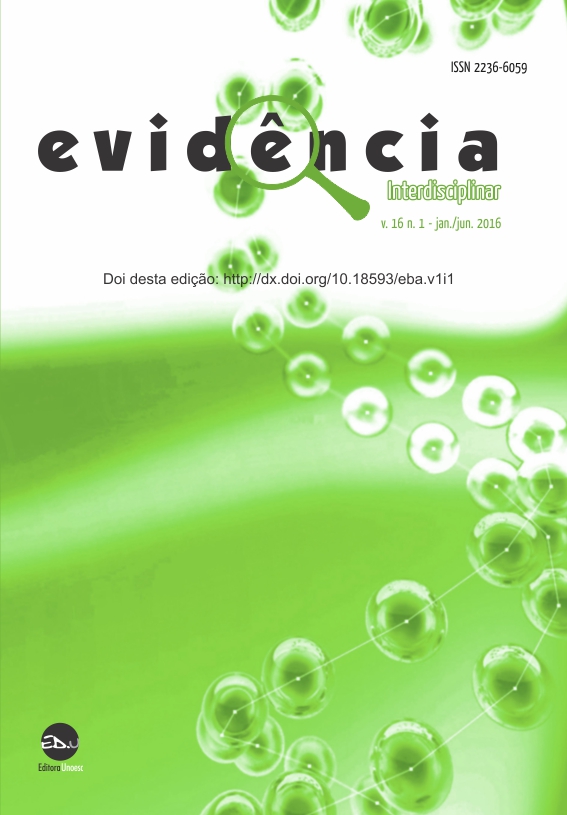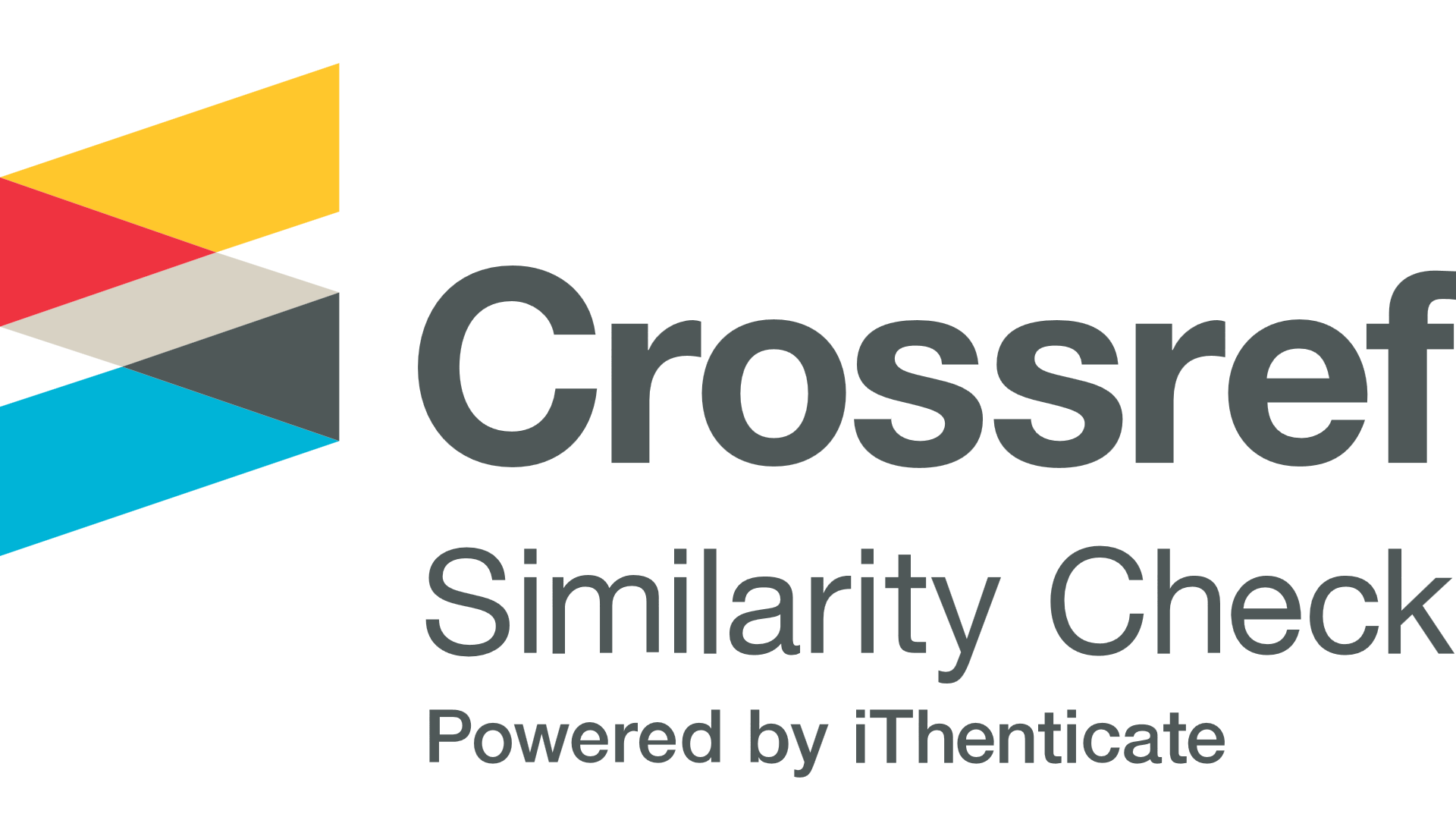NANOCIÊNCIA & NANOTECNOLOGIA
DOI:
https://doi.org/10.18593/eba.v16i1.10660Palavras-chave:
Nanomateriais. Nanotoxicologia. Ecotoxicologia. Dióxido de Titânio.Resumo
Nanomateriais vêm causando uma revolução na ciência, e sua aplicação na tecnologia está aumentando. Nanopartículas compreendem partículas entre 1 e 100 nanômetros (nm) de tamanho, mas este intervalo pode variar quando relativo à avaliação toxicológica. O uso extensivo e a consequente produção de resíduos de nanomateriais têm levado esses produtos químicos para o meio ambiente, o que causa possíveis contaminações. Portanto, como um assunto interdisciplinar, fez-se, aqui, uma breve revisão sobre alguns aspectos interessantes e contemporâneos da nanotecnologia, especialmente focados em ciências ambientais e da conservação.
Palavras-chave: Nanomateriais. Nanotoxicologia. Ecotoxicologia. Dióxido de titânio.
Downloads
Referências
Borm PJ, Robbins D, Haubold S, Kuhlbusch T, Fissan H, Donaldson K, Schins R, Stone V, Kreyling W, Lademann J, Krutmann J, Warheit D, Oberdorster E. The Potential Risks of Nanomaterials: A Review Carried out for ECETOC. Particle and Fibre Toxicology 2006; 3 (1):1743–8977.
Kreyling W, Semmler-Behnke M, Muller W. Health Implications of Nanoparticles. Journal of Nanoparticle Research 2006; 8 (5): 543–562.
AGÊNCIA BRASILEIRA DE DESENVOLVIMENTO INDUSTRIAL- ABDI. Cartilha Sobre Nanotecnologia, 2010. Disponível em: . Acesso em outubro de 2014.
Oberdorster G, Oberdorster E, Oberdorster J. Nanotoxicology: An Emerging Discipline Evolving from Studies of Ultrafine Particles. Environmental Health Perspectives 2005; 113 (7): 823–839.
Friends of the Earth-FOE. Tiny Ingredients Big Risks: Nanomaterials Rapidly Entering Food and Farming, 2014. Disponível em: <http://www.foe.org/news/news-releases/2014-05-new-report-tiny-ingredients-big-risks>. Acesso em Jul 2016.
UNITED STATES ENVIRONMENTAL PROTECTION AGENCY- EPA. Contaminants of Emerging Concern, 2014. Water-Science & Technology. Disponível em: <http://water.epa.gov/scitech/cec/>. Acesso em Set 2015
Handy RD, Henry TB, Scown TM, Johnston BD, Tyler CR. Manufactured nanoparticles: their uptake and effects on fish—a mechanistic analysis. Ecotoxicology 2008; 17:396–409.
Sun TY, Gottschalk F, Hungerbühler K, Nowack B. Comprehensive probabilistic modeling of environmental emissions of engineered nanomaterials. Environmental Pollution 2014; 185:69-76.
Keller AA, McFerran S, Lazareva A, Suh S. Global life cycle releases of engineered nanomaterials. Journal of Nanoparticle Research 2013; 15.
Handy RD, Owen R, Valsami-Jones E. The ecotoxicology of nanoparticles and nanomaterials: current status, knowledge gaps, challenges, and future needs. Ecotoxicology 2008; 17: 315–325.
Zhang X, Hongwen S, Zhang Z, Niu Q, Chen Y, Crittenden JC. Enhanced bioaccumulation of cadmium in carp in the presence of titanium dioxide NPsparticles. Chemosphere 2007; 67:160–6.
Sun H, Zhang X, Niu Q. Enhanced Accumulation of Arsenate in Carp in the Presence of Titanium Dioxide NPsparticles. Water Air Soil Pollution 2007; 178: 245–254.
Kain J, Karlsson HL, Möller L. DNA damage induced by micro- and nanoparticles- interaction with FPG influences the detection of DNA oxidation in the comet assay. Mutagenesis 2012; 27 (4):491-500.
Downloads
Publicado
Como Citar
Edição
Seção
Licença
Declaração de Direito Autoral
Os autores mantêm os direitos autorais e concedem à Revista o direito de primeira publicação, com o trabalho licenciado simultaneamente sob uma Licença Creative Commons – Atribuição – Não Comercial 4.0 Internacional.











